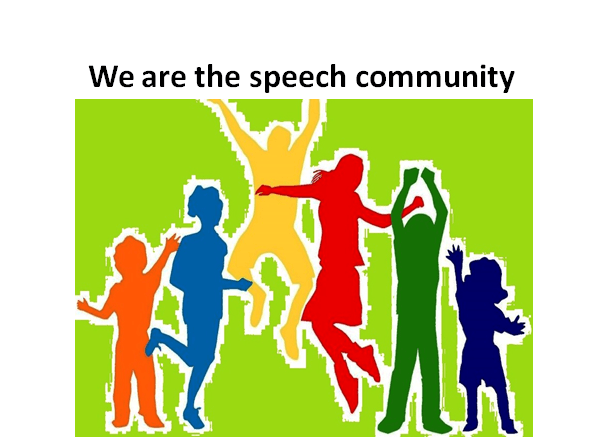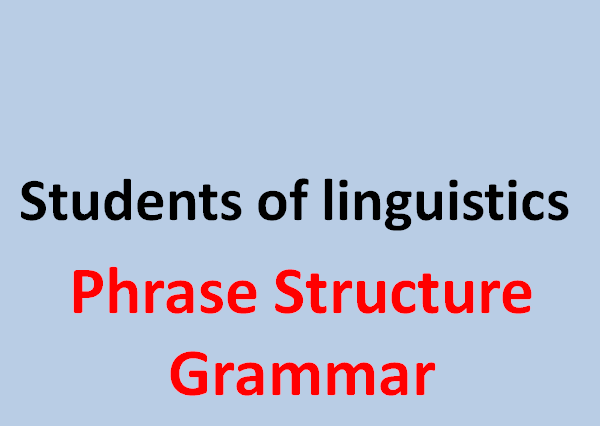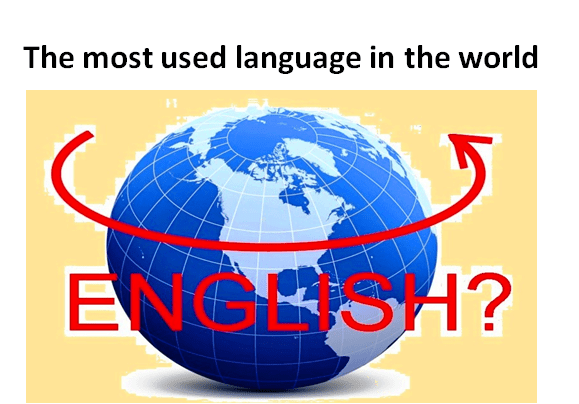Why Speech Community Is So Hard To Define
A speech community is defined by a layman as a group of people who speak the same variety (it could be a language or a dialect). However, most language sociologists argue that providing a comprehensive and precise definition to the concept of speech community may be challenging due to its complete correspondence with language, variety, and dialects. The difficulty to give an accurate definition seems to be related to on one hand, the state of being dependent on other elements such as religious, social, and cultural norms and on the other hand, the way a given individual defines and understands the concepts of membership and identity.
Recently, the study of speech community has been very interesting within sociolinguistics. A speech community is widely used by sociolinguists to refer to a community that uses language as a principal medium to set up the communicative situation. Even though the speech community can be given this definition, it raises a problematic situation since it can’t be delimited in terms of the agreement built upon defining it. To find what a speech community is, we shall examine a number of definitions given by some sociolinguists.
The simplest definition was given by John Lyons (1970, 326) which states that ‘’speech community refers to all the people who use a given language or dialect’’. However, this definition is not fully precise because speech communities may be intersected with each other. There are bilingual individuals who can speak two different languages and can communicate with each other even though they don’t belong to the same community. Therefore, this definition may not clearly tell us what a speech community really is. People may be counted as members of the same speech community, despite the fact that they don’t.
Another definition was given by Charles Hockett (1985, 8) ‘’speech community is the whole set of people who communicate with each other, either directly or indirectly, via the common language’’. In this definition, the criterion of communication is involved, if a given set of people use language to communicate with each other, then they are counted as members of the same community. However, this may raise a problem because sometimes, the situation involves members of the same community that speak the same language but have no contact with each other. This again shows that they are not treated as individuals who belong to the same community.
Another criterion that can be added to define a speech community is interaction. It places an emphasis on the knowledge that people share and how it can reinforce socio-cultural interaction. Perhaps, this is the case in the short definition which was given by Bloomfield ‘’a speech community is a group of people who interact by means of language’’. The thing that is shared by all these definitions is that they are all correct since each one of them allows defining the set of people who have something in common linguistically (language, dialect, and interaction).
By and large, it seems that the concept of speech community is directly related to concepts of language, groups, and norms. Speech community’s difficulty to be defined relates to the relativity of the concept and the individual speaker who may actually belong to different communities at the same time but will be identified with only one of them in each situation.
References:
- Labov, W. (1972) Sociolinguistic Patterns, Basil Blackwell: Oxford.
- Hudson, R.A. (1980) Sociolinguistics, Cambridge: Cambridge University Press.
- Wardhaugh, R. (2010) An Introduction to Sociolinguistics, 6th edn, Oxford: Basil Blackwell.






